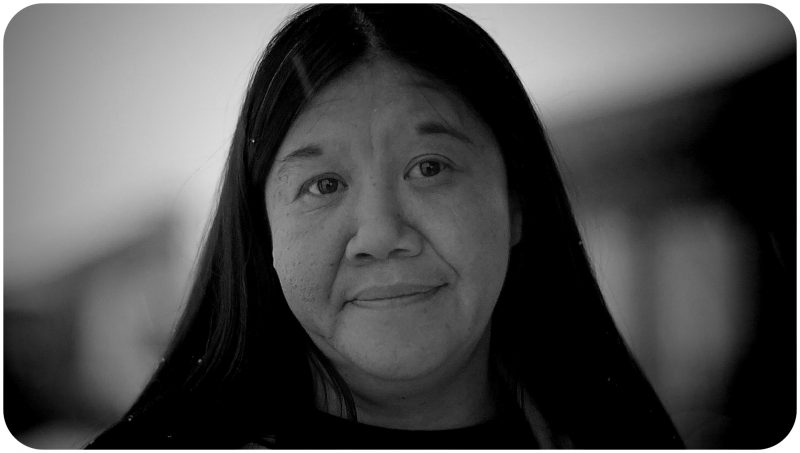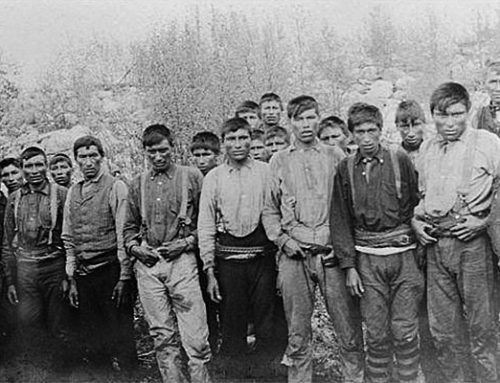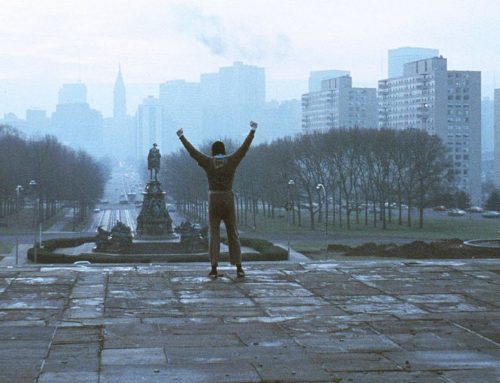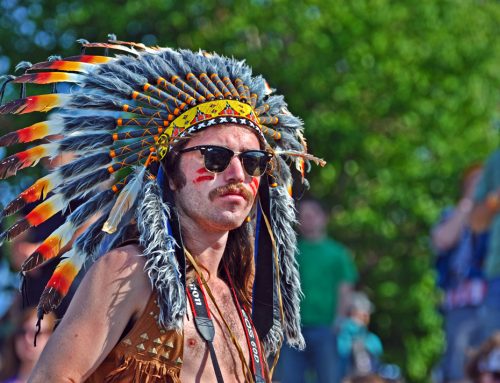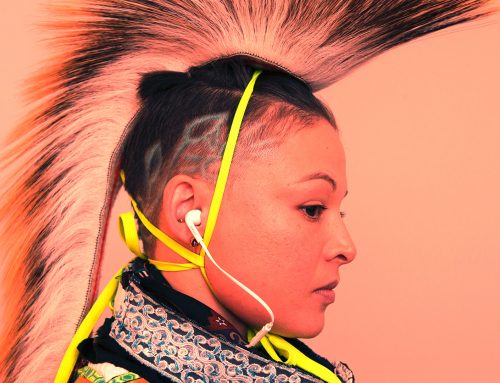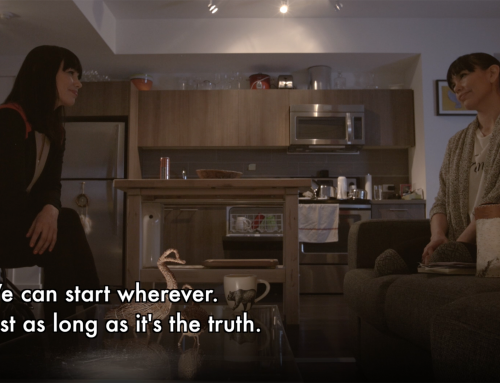Media coverage of Missing and Murdered Indigenous women (MMIW) has helped bring the issue to the forefront of Canadian consciousness. Just last week the news about the national inquiry led to question the nature of the investigation, and exactly how efforts will be directed. But for me, the question is when will I, and other Indigenous women in this country ever feel safe?
Episode seven of UNGTV ‘Walking with our Sisters’ opens up heartfelt conversations that might just shake you to your core. Featuring interviews with St. Johns, Manitoba NDP MLA Nahanni Fontaine, Professor Pamela Palmater, Artist Christi Belcourt, and Dr. Evan Adams, we get to the guts of issues that continue to matter.
“I don’t know one other person … who has not experienced some kind of violence. Whether that’s family violence, sexual violence, lateral violence – some kind of violence … that’s pretty sick if the communities, and our people are experiencing violence at a 100%.”
~ Christi Belcourt
I often feel overwhelmed at the startling statistics, the media headlines, and the sheer anguish of understanding the amount of violence that Indigenous women face. And as an Indigenous woman, I have also the lived experience of brushes with danger and darkness.
I grew up in a town in close proximity to Vancouver, BC. Through the façade of a shiny Christian veneer, this town also had a dark, seedy underbelly that was always simmering a little too high for close comfort. I remember being warned at high school about the encroachment of pimps looking to lure young teenage girls into the sex trade, and to be on high vigilance for this kind of activity. You know, typical teenage girl drama …
During lunch I went to the local Wendy’s to grab some burgers with some girlfriends and there was this red sports car with two young handsome men that came up to us and tried to engage us in conversation. I think we were all on high alert, and we exited the situation quickly so we could return to our afternoon classes. But we never talked about this experience, or told anyone about it. Why? Because that was one of many experiences where there were shady characters lurking around to try to entice us, entrap us.
“Who wants to be a sex trade worker in the downtown eastside being raped, and being robbed, and disregarded and hunted to death?”
~ Dr. Evan Adams
Indigenous women are no different than other women, we grow up with the same hopes and dreams of love and light. Sometimes the circumstances are dire, and life can seemingly swallow you up whole. Where do you turn to in those times of need? Do you have family, friends, and support systems to catch you before you fall? These structures are often broken, and those people and places that most turn to for help, can often be those places of distrust – leaving Indigenous women vulnerable.
Dr. Evan Adams has experience working as a health worker in the infamous downtown eastside in Vancouver, and has firsthand knowledge of how many women there want to escape, to return to their families, to return to their children, to return to their homes. But it’s the “hundreds of men who are invested in the exploitation and degradation of those women” who became the real battleground for him and his team.
“We always talk about ‘Oh those women, what happened to those women?’ For me it’s not about that, it’s the question of what happened to those men? Why don’t we talk about those men who live on the backs of those women? So yeah, I don’t talk about Aboriginal women from the point of view of loss and despair and what can we do them, I think the first thing we have to do is protect them from those men.”
~ Dr. Evan Adams
We just barely scratch the surface in this episode, how could you possibly try to cover the entire issue of the subjugation of Indigenous women in twenty-two minutes? You just can’t. But I implore you to take the time to learn more about the issues from multiple perspectives. It’s just one small way toward greater understanding, and that’s something we can all do. And once we know more, we can do more.


